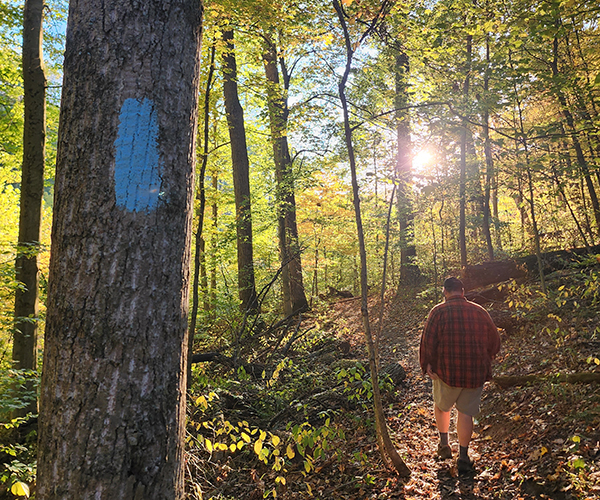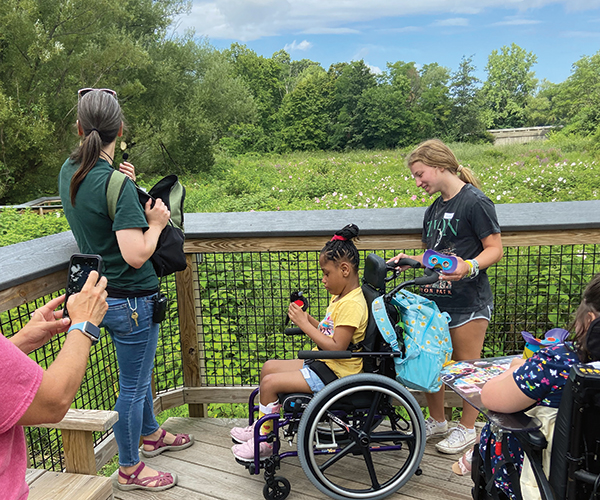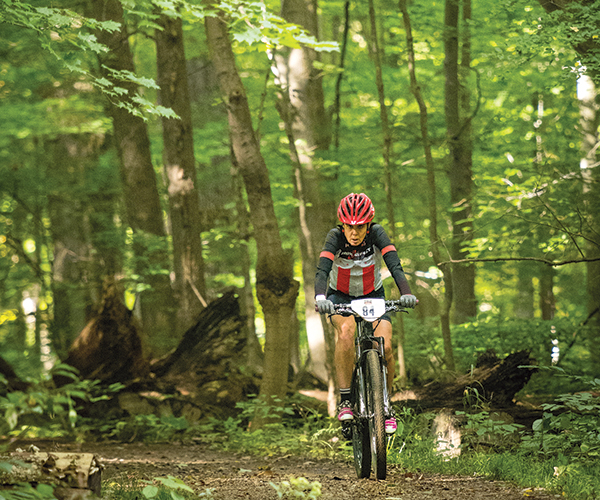Boston Store
1550 Boston Mills Road, Peninsula
There's a good chance you haven't heard of Boston, Ohio. But in the 1800s, the village
was a hub of activity thanks to its location along the Ohio & Erie Canal. "During
the canal era, its population, which was around 300, was more than Cleveland's,"
says Jennie Vasarhelyi, Cuyahoga Valley National Park's chief of interpretation.
The Boston Store was built in 1836 as a warehouse and later became a residence.
The word "store" didn't become associated with the building until it was used as
a general store and post office later in the 19th century. Today, the lower floor
of the building houses exhibits about canal boat building that give visitors a better
understanding of the era, says Rebecca Jones Macko, an interpretive park ranger.
"What's the stern of a canal boat? What's it look like?" she says. "When you're
in there, you can get an idea of how massive they were and understand how they were
built right here in the town of Boston."
Everett Road Covered Bridge
2370 Everett Road, Peninsula
» More than a century ago, Ohio was home to more than 2,000 covered bridges,
but now fewer than 200 remain. The Everett Road Covered Bridge is the only one left
in Summit County. While covered bridges now mostly serve as sentimental ties to
the past, this one was built in the 1870s to solve the fundamental need to cross
Furnace Run. Local legend has it that the drowning of a man in 1877 was the catalyst
for the bridge's construction. "The story really is just a story," Vasarhelyi cautions.
"We don't know whether it happened or not." What we do know is a damaging flood
in 1975 led to a historically accurate reconstruction of the bridge 11 years later.
Today, the striking red bridge against the blue water makes it a popular photography
destination.
Jonathan Hale House At Hale Farm & Village
2686 Oak Hill Road, Bath
» The phrase "western frontier" is usually associated with states such as Wyoming
and Montana. But in the early 1800s, the western frontier was Ohio, and Jonathan
Hale was one of many men who relocated his family from Connecticut to the Cuyahoga
Valley during that time. "As they built the house, the family would have lived in
the parts as they were completed, which was common for the time," explains Kelly
Falcone, senior vice president of interpretation and chief operating officer for
the Western Reserve Historical Society, which oversees the property. The Jonathan
Hale House was completed between 1825 and 1827, and stood as one of only two all-brick
homes in the area at the time. Today, the home's north and south wings host demonstrations
of homemaking skills from the period, offering a glimpse into the era when Hale's
family lived there.
The Inn At Brandywine Falls
8230 Brandywine Road, Sagamore Hills
» In 1848, James Wallace built a house overlooking Brandywine Falls in the
village of Brandywine, which his father, George, established after building a sawmill
in 1814. "In the 19th century, the valley was a farm valley, and the house was a
typical farm house," Vasarhelyi says. "So having that preserved gives us insight
into life at that time." The house had always functioned as a private residence,
but 25 years ago George and Katie Hoy opened it as the Inn at Brandywine Falls,
where visitors can stay while passing through the park. Dedicated to keeping the
integrity of the house, the couple collected furniture and decor from when the home
was built and lived in by the Wallace family.



